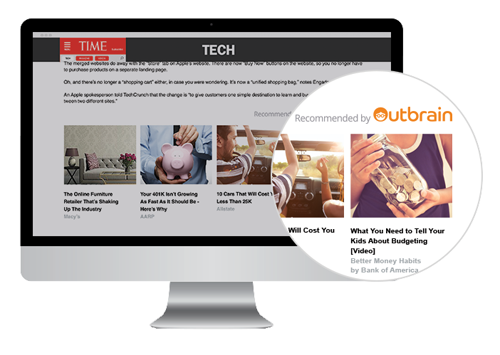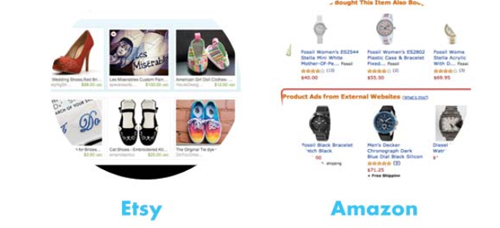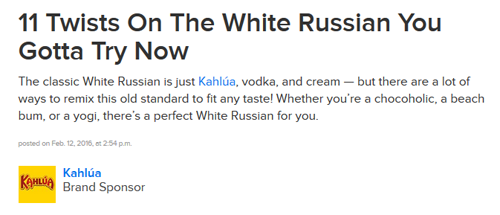Quick Guide to Native Advertising Success

The tactic of offering paid content in the same form (and look and feel) as the site on which it is hosted is gaining in popularity.
In fact, BI Intelligence predicts spending on native ads (e.g., promoted listings in marketplaces, sponsored content, in-feed ads, etc.) will grow to $21 billion in 2018, rising from $4.7 billion in 2013. Even so, there are concerns about native advertising, which have prompted the Federal Trade Commission (FTC) to formally release guidelines for these ad formats.
As one would likely expect, publishers will need to ensure Web visitors are not misled to believe ads are site content rather than paid advertising content. This can be confusing to some however, because the goal is to deploy native ads for the purpose of having them look and feel like the site they are hosted on to gain better results. Luckily, there are a few tactics to leverage that will help ensure native advertising success.
Follow the Rules
Advertisers and publishers shouldn't tempt fate by sneaking around the FTC's native advertising guidelines...it's likely they will find you. Learn the rules, follow the rules and be an officer of the rules. The IAB's Native Advertising Playbook is a good place to start. Just one of the pieces of information it contains is common cues to alert audiences that content may include third-party material, such as the use of the word "sponsor" and the company's name, like this example below (hosted on The Atlantic):

Be Helpful
One of the most intriguing aspects of native advertising is that brands can actually deliver content that is meant to help or entertain their audience whether that's through a game, a tutorial, an article or improvement tips. While there must be compelling reasons for a person to engage with the brand after viewing the content, the initial "grab" will be whether the ad is truly helpful and something that will improve their position in one way or another. Native advertising presents marketers with the chance to be authentic, entertaining and helpful.
Outbrain recommendation engine is a good example of this, as it will recommend a brand's content on some of the largest media properties (e.g., ESPN, People) and capture a company's target audience's attention.

Ensure Relevancy
One of the biggest mistakes of advertisers deploying native advertising is not ensuring their content is relevant to the site on which it is posted on (especially for those advertising with manual processes). Sponsored posts, for example, should include content that is relevant to that particular audience (e.g., a home and gardens magazine shouldn't host sponsored content about top customer relationship management solutions as the results will be dismal).
To figure out where to post this type of paid content, HubSpot has provided a good resource on understanding the costs and deal structures of sponsored articles, such as blogs will be cheaper but publications are more expensive for a reason (e.g., authority, influence). Reachr is a good tool to automate the process of reaching out to influencers to strike up these kinds of partnerships.
It's also important to ensure relevancy for promoted listings; ads should be in the same category like these examples from IAB:

Follow Traditional Ad Best Practices
Similar to more traditional formats, native advertisements must include compelling copy and imagery to get and retain audience attention and action. As for the call to action, native ads need to take the user to a different page, but the CTAs should be presented in a subtle way (e.g., a link within a post or a sign-up to receive something free or play a game). Check out this example from Buzzfeed where Kahlua is the sponsor and its link is just seven words into the article's intro:

Monitor Results
While this tip is for any marketing campaign, advertisers should ensure they've accounted for monitoring the results of their native advertising campaigns. For example, sponsored posts or in-feed ads can include a source-rich URL that will allow an advertiser to track goal completion (e.g., whitepaper download, sale, etc.) in Google Analytics.
As more publishers feel comfortable with native advertising formats, and more advertisers see results from them, this tactic only stands to gain in popularity. By being helpful, transparent, relevant and a rule follower, many enterprises can see success by fitting their ads to the look and feel of publisher websites.










